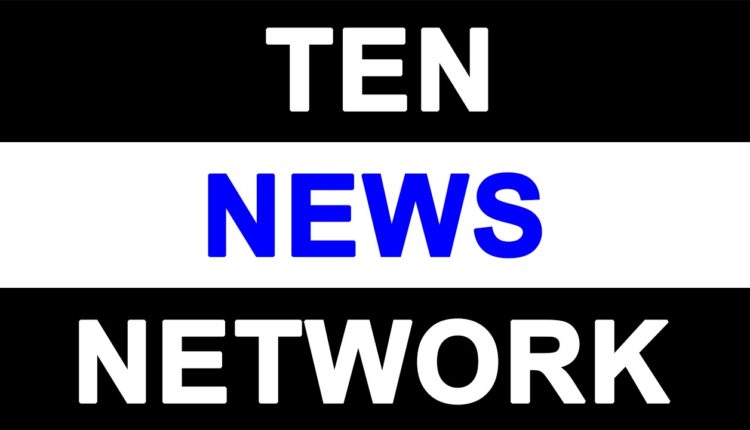Revised CGHS rate structure to boost healthcare infra, enable access to quality care
New Delhi, Oct 7 (IANS) The revised Central Government Health Scheme (CGHS) rate structure, which comes after 15 long years, will boost healthcare infrastructure and enable access to quality care for over 40 lakh CGHS beneficiaries in the country, according to reports on Tuesday.
Effective from October 13, the revised rates will cover approximately 2,000 medical procedures, including MRI, mammography, and laparotomy (an abdominal surgery), among others.
“The move addresses the longstanding demand of private healthcare operators to improve pricing of scheme patients (owing to inflationary medical costs),” according to a report by Emkay Global Financial Services.
“The revision represents a favourable development for hospital companies that serve patients under this programme,” added ratings agency ICRA.
The updated policy introduces a tiered rate card system, distinguishing between NABH-accredited and non-NABH-accredited facilities, and factoring in super-specialty hospitals with over 200 beds as well as hospitals in tier-2 and tier-3 cities.
“This structure is designed to better match reimbursement rates with the actual costs incurred by hospitals,” ICRA said.
This will also help super-specialty and NABH-accredited hospitals to see higher realisations, while also addressing cost differences between major metropolitan areas and smaller cities.
Super-specialty hospitals with more than 200 beds will receive a 15 per cent premium to NABH-accredited hospitals (base rate), while the non-NABH ones will receive 15 per cent less than the base rate.
The move is expected to help beneficiaries get treatment at some of the top hospitals, which were previously difficult to access due to the low rates.
Certain procedures in categories like nephrology, obstetrics, urology, gastroenterology, which were earlier not viable for private operators, may now become viable, given the sizable hikes undertaken.
“This should strengthen the healthcare infrastructure, thereby enabling access to quality healthcare for the masses, and in turn propel volume growth in the long term,” Emkay Global said.
“While the upward revision in the CGHS rate card is a favourable development, one of the key concerns remains the long receivable cycle under government schemes like the CGHS, compared with other payer categories, such as cash-paying, international patients, or those covered by insurance,” ICRA stated.
–IANS
rvt/



Comments are closed.